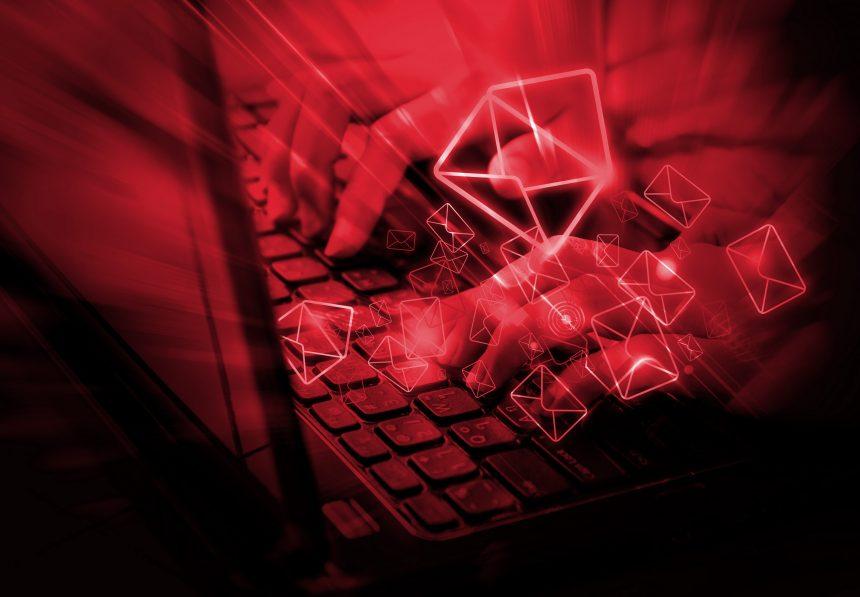In the digital age, cyber threats continue to evolve, with malware posing a significant risk to individuals and businesses alike. One such malware, known as the Bitcoin Email Virus, has been causing havoc by infiltrating systems through deceptive email tactics. This malicious software not only compromises the security of your device but also puts your sensitive information at risk. In this article, we delve into the details of the Bitcoin Email Virus, its actions, consequences, detection names, removal guide, and preventive measures to safeguard against future infections.
Bitcoin Email Virus: Actions and Consequences
The Bitcoin Email Virus operates by tricking users into opening infected email attachments or clicking on malicious links. Once executed, it can encrypt files, steal personal data such as login credentials and financial information, and even use the infected device to mine cryptocurrency without the user’s consent. Moreover, it may spread to other devices within the network, amplifying the scope of its damage.
Detection Names and Similar Threats
Security experts may identify the Bitcoin Email Virus under various detection names, including but not limited to:
- Trojan.BitcoinMiner
- Ransom:Win32/BitCoinMiner
- W32/BitCoinMiner
- Trojan-Ransom.Win32.Crusis.a
- Trojan-Ransom.Win32.Crusis.b
Similar threats to be wary of include ransomware, trojans, and email phishing scams, all of which exploit vulnerabilities in systems to gain unauthorized access and wreak havoc on users’ devices and data.
Removal Guide
Step 1: Disconnect from the Internet
Immediately disconnect your device from the internet to prevent the malware from communicating with its command and control servers.
Step 2: Enter Safe Mode
Restart your computer and enter Safe Mode. This helps prevent the malware from loading during startup, making it easier to remove.
Step 3: Identify Malicious Processes
Open the Task Manager (Ctrl + Shift + Esc) and look for any suspicious processes consuming high CPU or memory resources. Terminate these processes.
Step 4: Delete Temporary Files
Clear temporary files and caches to remove any traces of the malware. You can do this by running disk cleanup utilities or manually deleting temporary files.
Step 5: Remove Suspicious Programs
Uninstall any recently installed programs that you suspect may be associated with the Bitcoin Email Virus. Be thorough in your search.
Step 6: Scan for Malware
Use reputable antivirus or antimalware software to perform a full system scan. Follow the software’s instructions to quarantine or remove any detected threats.
Step 7: Restore from Backup (if necessary)
If your files have been encrypted by the malware, consider restoring them from a backup created before the infection occurred.
Preventive Measures
To minimize the risk of falling victim to the Bitcoin Email Virus or similar threats, follow these best practices:
- Exercise caution when opening email attachments or clicking on links, especially from unknown senders.
- Keep your operating system, software, and antivirus programs up to date with the latest security patches.
- Use strong, unique passwords for all accounts and consider implementing two-factor authentication.
- Regularly backup your important files to an external storage device or cloud service.
- Educate yourself and your employees about cybersecurity threats and how to recognize them.





